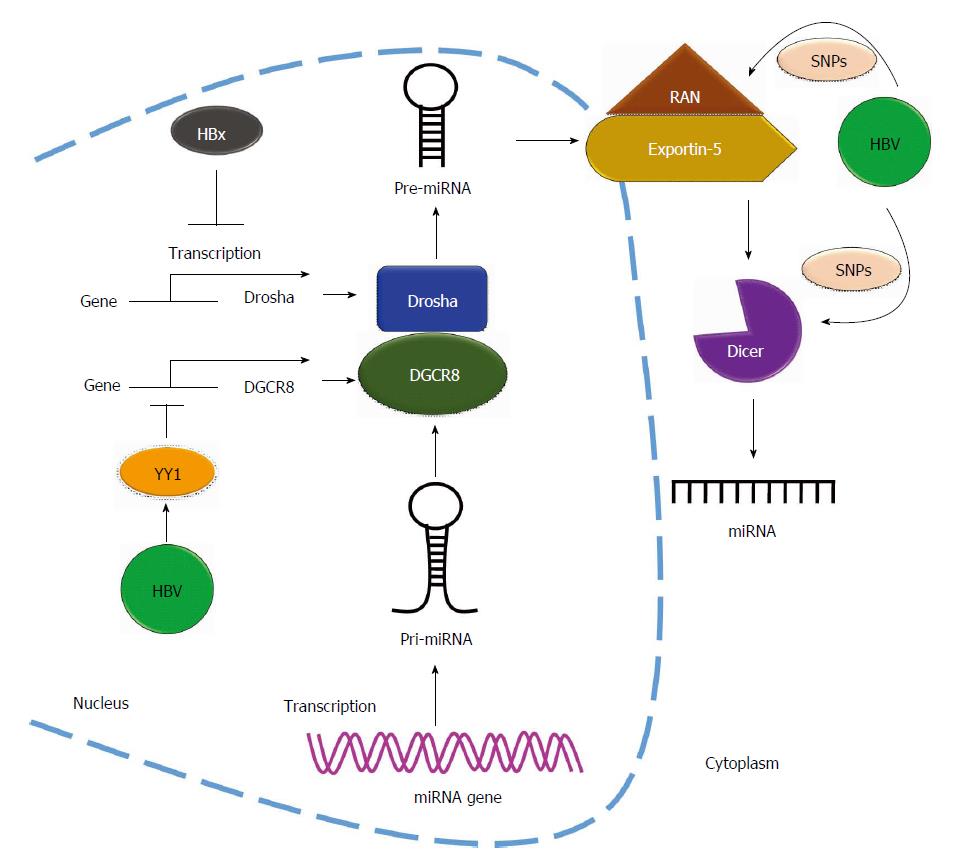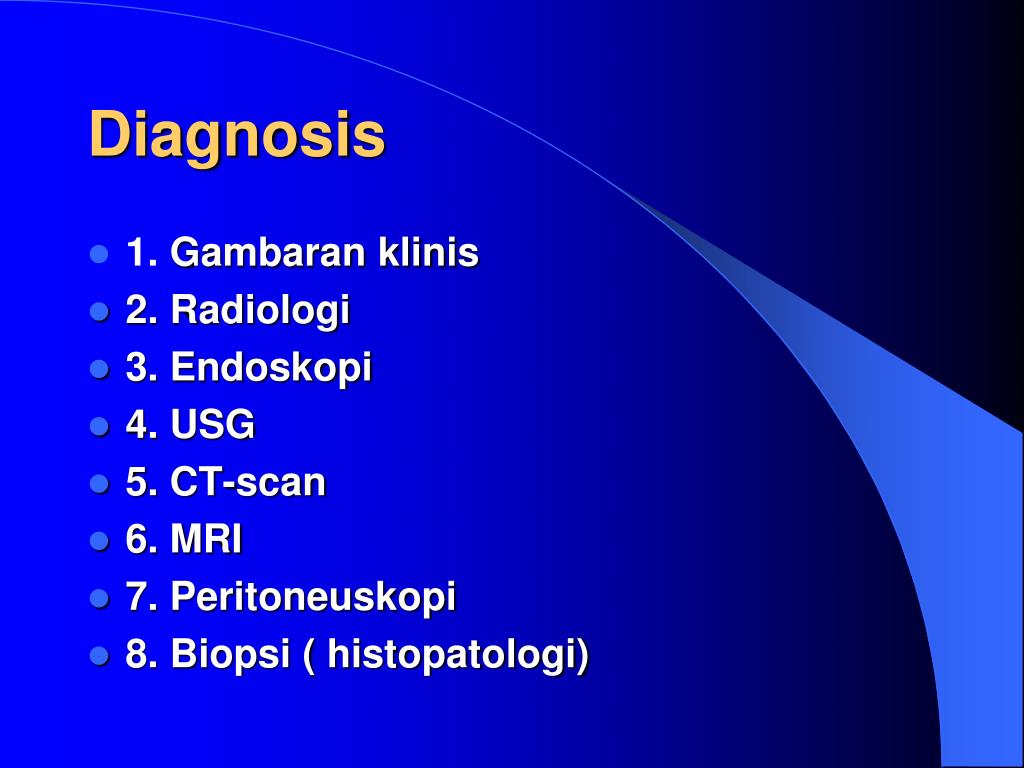

Edema is graded from trace (indicating barely perceptible) to 4 (severe edema). Dependent areas more readily exhibit signs of edema formation. Note for presence of edema by palpating over the tibia, ankles, feet, and sacrum.Įdema occurs when fluid accumulates in the extravascular spaces. Medications may be given intravenously because FVE in the abdomen may interfere with absorption of oral diuretic medications. Recording two voids versus six voids after a diuretic medication may provide more useful information. The x-ray studies show cloudy white lung fields as interstitial edema accumulates.Īssess urine output in response to diuretic therapy. Sinus tachycardia and increased BP are evident in early stages. Patients should be reminded to include items that are liquid at room temperature such as gelatin, sherbet, soup, and frozen juice pops. Record intake if patient is on fluid restriction. Poor nutrition and decreased appetite over time result in a decrease in weight, which may be accompanied by fluid retention even though the net weight remains unchanged. In some patient with heart failure, the weight may be a poor indicator of fluid volume status.

Different scales and clothing may show false weight inconsistencies.ĭehydration may be the result of fluid shifting even if overall fluid intake is adequate.Īssess weight in relation to nutritional status. Sudden weight gain may mean fluid retention. Monitor weight regularly using the same scale and preferably at the same time of day wearing the same amount of clothing. History may include increased fluids or sodium intake. Such information can assist to direct management. Review patient’s history to determine the probable cause of the fluid imbalance. Nursing Assessment for Fluid Volume ExcessĪssessment is required in order to distinguish possible problems that may have lead to fluid volume excess well as identify any incident that may occur during nursing care. Patient describes symptoms that indicate the need to consult with health care provider.Patient explains measures that can be taken to treat or prevent fluid volume excess.Patient verbalizes awareness of causative factors and behaviors essential to correct fluid excess.Patient has clear lung sounds as manifested by absence of pulmonary crackles.Patient maintains HR 60 to 100 beats/min.Patient has balanced intake and output and stable weight.Patient is normovolemic as evidenced by urine output greater than or equal to 30 mL/hr.Therapeutic Communication Techniques Quiz.


 0 kommentar(er)
0 kommentar(er)
